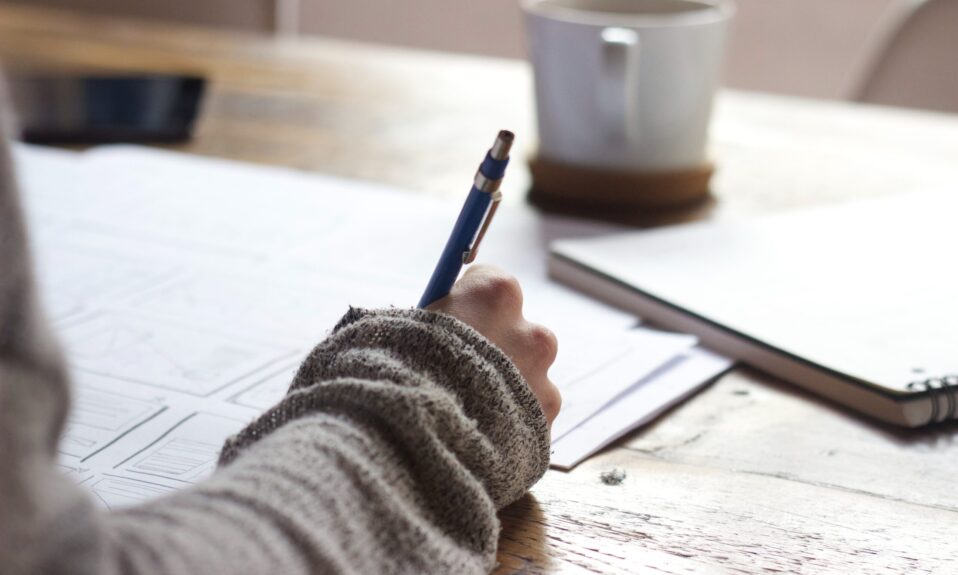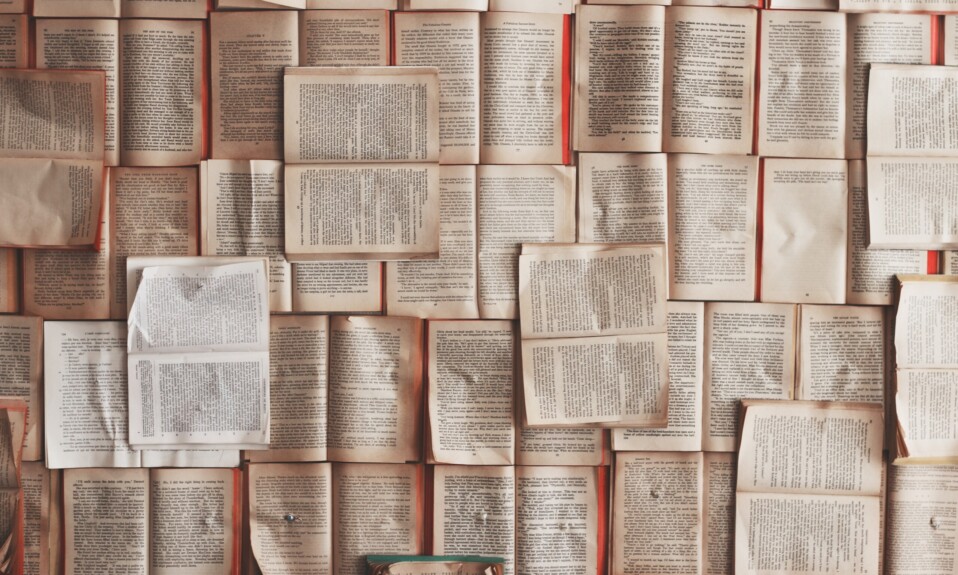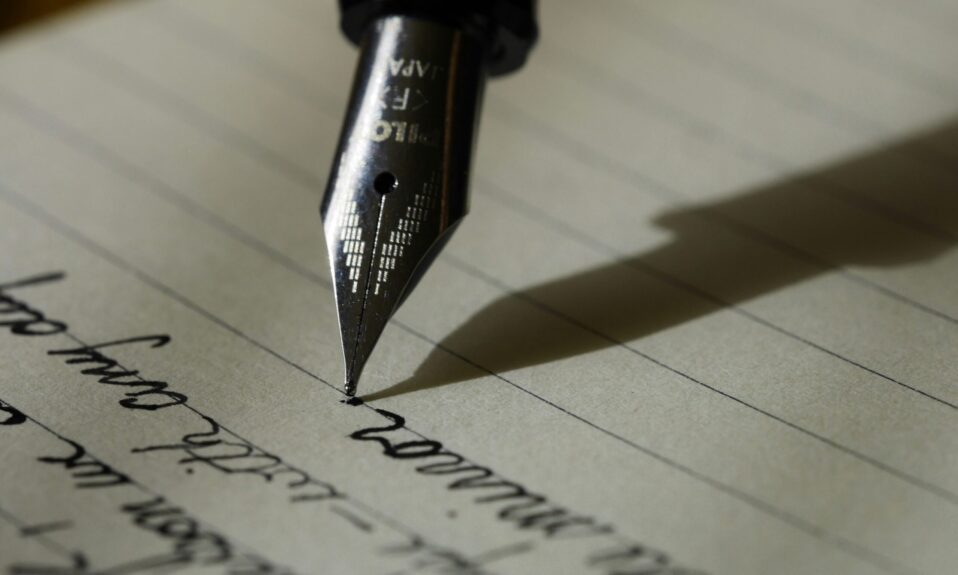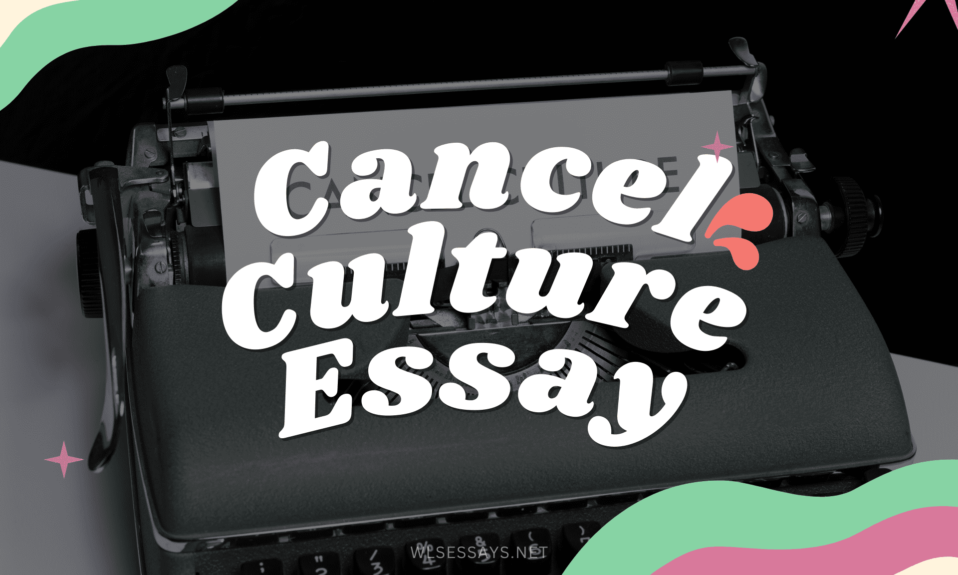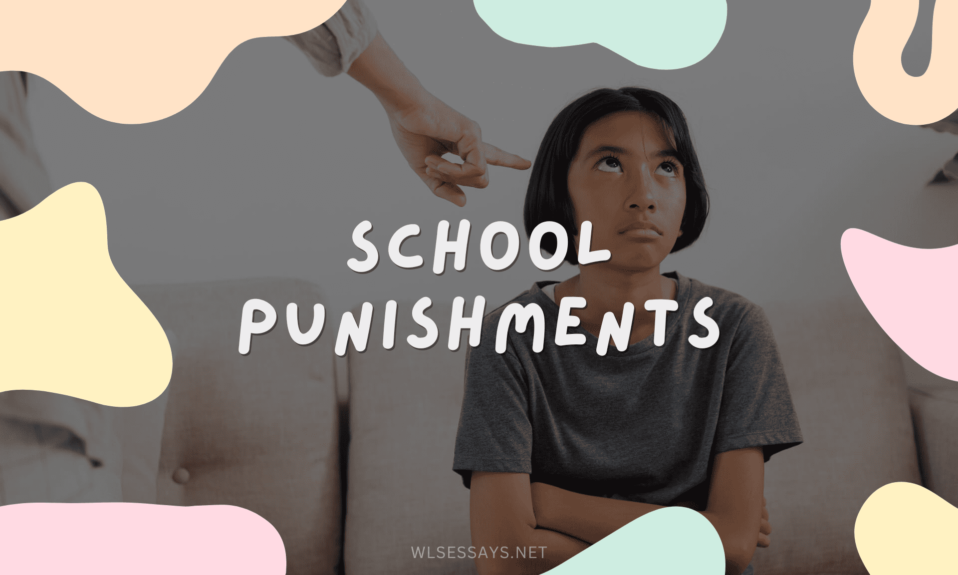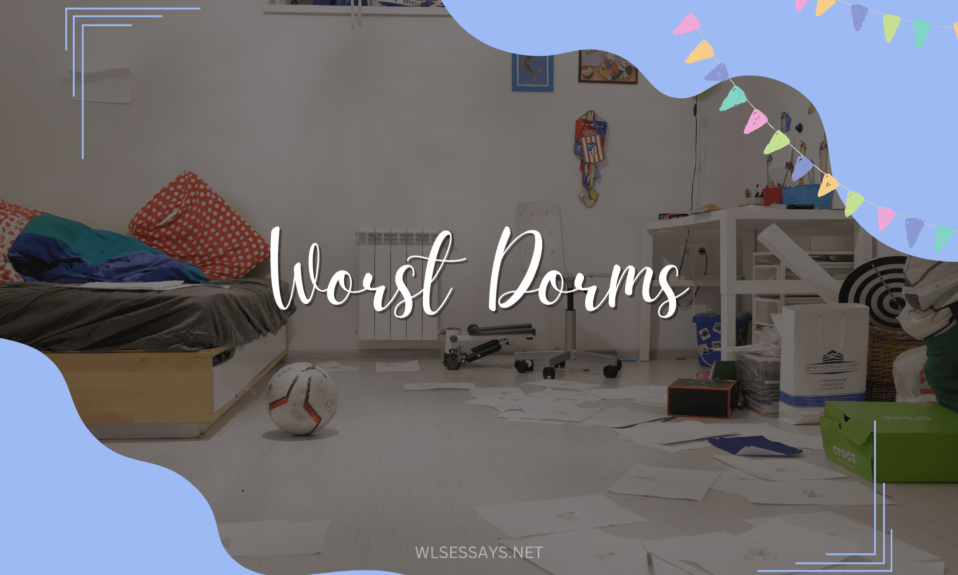Poverty is a multifaceted issue affecting millions worldwide, particularly those living at or below the poverty line. The poverty line, a measure that defines the baseline level of earnings considered sufficient in a specific nation, serves as a designation below which people and households are regarded to be living in poverty. Absolute poverty denotes a state in which entities lack the basic requirements of life, including food, shelter, and clothing. Life in poverty is fraught with instability, shame, and the constant fear of not having enough to survive. As seen in The Line, the realities of poverty are evident in the daily struggles of individuals who face not only financial hardship but also social stigmatization. The film captures how poverty transcends race, education, and professional backgrounds, leaving even the most successful vulnerable to sudden economic downturns, with case studies such as John.
The Face of Poverty
The textbook defines the “face of poverty” as the diverse demographic affected by poverty, including children, single mothers, and the working poor. John, a former banker in The Line, represents a surprising face of poverty (Sojourners, 2012; Cox, Tice & Long, 2022). According to sociological theories, poverty is not always the result of individual failure but systemic issues such as unemployment, inadequate social safety nets, and economic inequality. John’s descent from a six-figure income to relying on charity showcases how anyone can become vulnerable to poverty (Sojourners, 2012; Cox, Tice & Long, 2022). As the text highlights, poverty disproportionately affects those who are laid off or encounter medical emergencies, such as John, who lost his career and struggled with a failing marriage due to financial stress.
Social Service Programs
Social service programs play a critical role in supporting those in poverty. According to the research, the primary goals of these programs are to alleviate immediate hardship and provide long-term solutions for self-sufficiency (Briar-Lawson et al., 2021; Cox, Tice & Long, 2022). Programs such as SNAP (Supplemental Nutrition Assistance Program) and TANF (Temporary Assistance for Needy Families) aim to provide food security and income support to individuals like Sheila, a single mother in The Line. These programs, while essential, often carry stigma, leading individuals to feel ashamed or unworthy, as seen when Sheila describes her difficulty in seeking help (Sojourners, 2012; Cox, Tice & Long, 2022). Without government assistance, many individuals, would not survive. Some of them who are, directly benefited from programs aimed at helping the homeless population. However, the film illustrates that charity alone is insufficient, and a more comprehensive social safety net is needed.
In addition to providing immediate relief, social service programs aim to foster long-term economic stability by empowering individuals with the required they require to liberate oneself from the loop of poverty. For example, accommodation assistance initiatives such as the Section 8 Housing Choice Voucher Program have been instrumental in helping families secure stable, affordable housing (Briar-Lawson et al., 2021). These programs serve as a lifeline for low-income families, reducing the financial burden of rent and allowing individuals to allocate resources toward other essential needs, such as healthcare and education. In The Line, individuals who have faced generational poverty, would benefit from such assistance, as housing insecurity is a major factor that perpetuates poverty (Sojourners, 2012; Cox, Tice & Long, 2022). The reliance on these programs highlights the delicate balance between self-reliance and the necessity of external support. While some critics argue that these programs create dependency, empirical evidence suggests that they provide the stability required for individuals to eventually achieve self-sufficiency.
Personal and Social Responsibility
Personal and social responsibility are key concepts in the discourse surrounding poverty. Personal responsibility refers to the idea that individuals must take charge of their circumstances, while social responsibility emphasizes the role of society and government in supporting those in need. In The Line, the individuals showcased demonstrate both dependence and self-reliance (Sojourners, 2012; Cox, Tice & Long, 2022). John, for instance, attempts to remain self-reliant by seeking new employment opportunities but eventually must rely on charity and government assistance. The balance between dependence and self-reliance is a delicate one, as even those who strive for independence, such as John and Sheila, find themselves in situations where external help is necessary (Sojourners, 2012; Cox, Tice & Long, 2022). According to the text, the role of government should be to provide a safety net without fostering long-term dependence, encouraging programs that help individuals regain their independence.
Poverty and Inequality
Inequality is a significant driver of poverty. The textbook discusses how economic and social justice are essential for addressing poverty and ensuring that individuals have equal opportunities to succeed (Sojourners, 2012; Cox, Tice & Long, 2022). Advocacy for individuals such as Ronald, a fisherman whose livelihood was decimated by environmental disasters, would involve pushing for policies that address systemic inequality. Advocacy could include lobbying for government intervention in the fishing industry, ensuring that workers receive compensation for the loss of their livelihoods (Sojourners, 2012; Yungman, 2019). Social justice demands that individuals are not left behind due to circumstances beyond their control, such as natural disasters or market forces. In The Line, the individuals’ struggles demonstrate how deeply entrenched inequality can limit their ability to rise above poverty. For instance, John, the former banker, faces financial instability despite his professional background, illustrating how systemic factors, such as job market volatility, can affect even the most prepared individuals.
Conclusion
Watching The Line provides a deeper understanding of poverty and challenges many stereotypes surrounding those in poverty. The stories of John, Sheila, James, and Ronald illustrate that poverty is not a result of laziness or a lack of effort but often systemic failures and unforeseen circumstances. The government’s role in addressing poverty should include both short-term relief and long-term solutions that promote economic stability and opportunity. It is possible to reduce poverty through effective policy and social reform, but it requires a commitment to addressing inequality and providing support to those most vulnerable.
References
Briar-Lawson, K., Pryce, J. A., & Raheim, S. (2021). Family-centered anti-poverty strategies to address child neglect. Child Welfare, 98(6), 145-176. https://www.jstor.org/stable/48623216
Cox, L. E., Tice, C. J., & Long, D. D. (2022). Introduction to social work: An advocacy-based profession (3rd ed.). Sage.
Sojourners. (2012, October 2). The Line [Video]. YouTube. https://www.youtube.com/watch?v=zZxjb4gB93A
Yungman, J. (2019). The criminalization of poverty. GPSolo, 36(1), 34–39. https://www.jstor.org/stable/27044562


